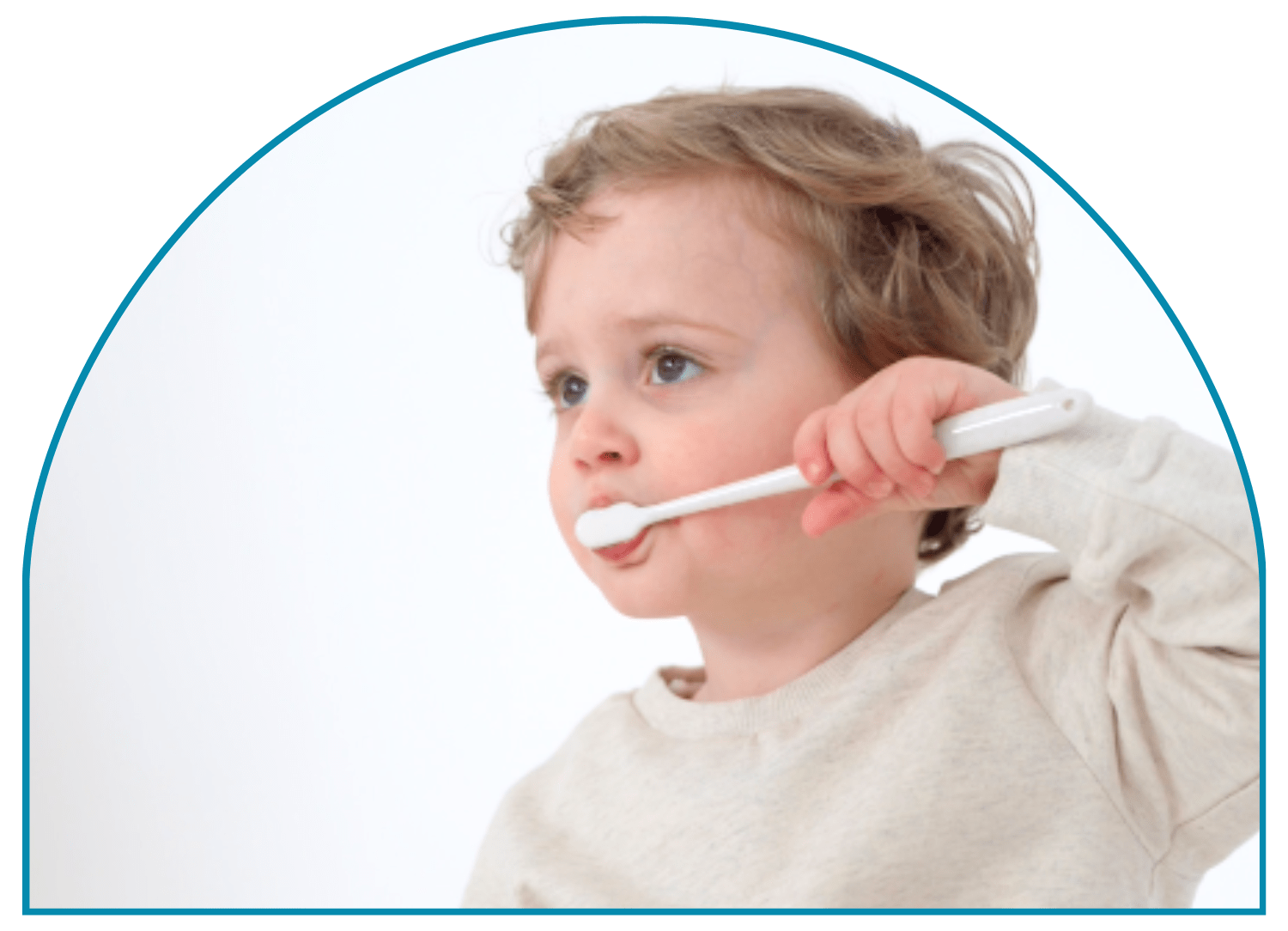Brushing teeth is an essential part of maintaining good oral hygiene, but it can often be a challenging task for parents of autistic children. Sensory sensitivities and routines that children with autism may have can make brushing teeth a stressful experience. However, with the right approach and some creative techniques, you can help your child develop a positive dental routine. In this blog post, we’ll explore 10 effective strategies to make toothbrushing a more enjoyable experience for your autistic child.
1. Create a Sensory-Friendly Environment
Autistic children are often sensitive to their surroundings. Create a calming environment by using soft lighting, soothing colours, and familiar objects. Play their favourite music or use noise-cancelling headphones to minimise any potential sensory overload.
2. Establish a Visual Schedule
Visual schedules provide a clear outline of daily activities. Use pictures, symbols, or words to depict the steps of toothbrushing. This helps your child anticipate what comes next and reduces anxiety.
3. Choose the Right Toothbrush and Toothpaste
Select a toothbrush with soft bristles and a comfortable grip. Introduce toothpaste with a pleasant flavour that your child enjoys. Consider using Icy Bear Dental Cubs’ new bubblegum polarpaste. Our polarpaste is a total care toothpaste that not only tastes great but also provides maximum protection against cavities. Formulated by a team of dentists, it’s designed to specifically protect children’s teeth with the recommended dose of fluoride. Icy Bear Dental Cubs toothpaste is suitable for children 6 months+.
4. Make Brushing a Fun Activity
Engage your child’s imagination by turning toothbrushing into a game. This is the reason we created Cubby Buddy. Cubby Buddy is a free kids dental app, from Icy Bear Dental Cubs, that offers interactive features that can turn brushing into an enjoyable experience. Download Cubby Buddy on android and and IOS now!
5. Role Modelling
Children often imitate their parents’ behaviour. Brush your teeth together, showcasing the proper technique. This not only establishes a routine but also creates a bonding experience.
6. Gradual Desensitisation
If your child is resistant to toothbrushing, start by introducing the toothbrush near their mouth without brushing. Gradually increase the contact over time until they become more comfortable with the sensation.
7. Positive Reinforcement
Praise and reward your child for their efforts. Create a sticker chart to track their brushing achievements, and offer a small treat or special activity once they reach a certain milestone.
8. Social Stories
Social stories are short narratives that explain specific situations. Create a personalised social story about toothbrushing, highlighting its importance and the benefits it brings.
9. Sensory-Friendly Toothbrushing Tools
Explore toothbrushes with textured handles or different bristle textures to provide sensory feedback. Let your child choose their toothbrush, empowering them and increasing their willingness to participate.
10. Routine and Consistency
Consistency is key when establishing any routine. Set a specific time for toothbrushing each day, so your child knows what to expect. Over time, the routine will become familiar and more manageable.
Encouraging autistic children to brush their teeth may require patience and creativity, but with the right strategies, it can become a positive and enjoyable experience. Creating a sensory-friendly environment, using visual schedules, and incorporating fun elements like the Cubby Buddy app from Icy Bear Dental Cubs can make a significant difference. Remember that every child is unique, so be open to adapting these tips to suit your child’s preferences. By making toothbrushing a part of their routine and focusing on their comfort, you’re setting the foundation for a lifetime of good oral hygiene habits.
For more children’s teeth care tips make sure you’re following Icy Bear Dental Cubs on Instagram, Facebook and TikTok!
